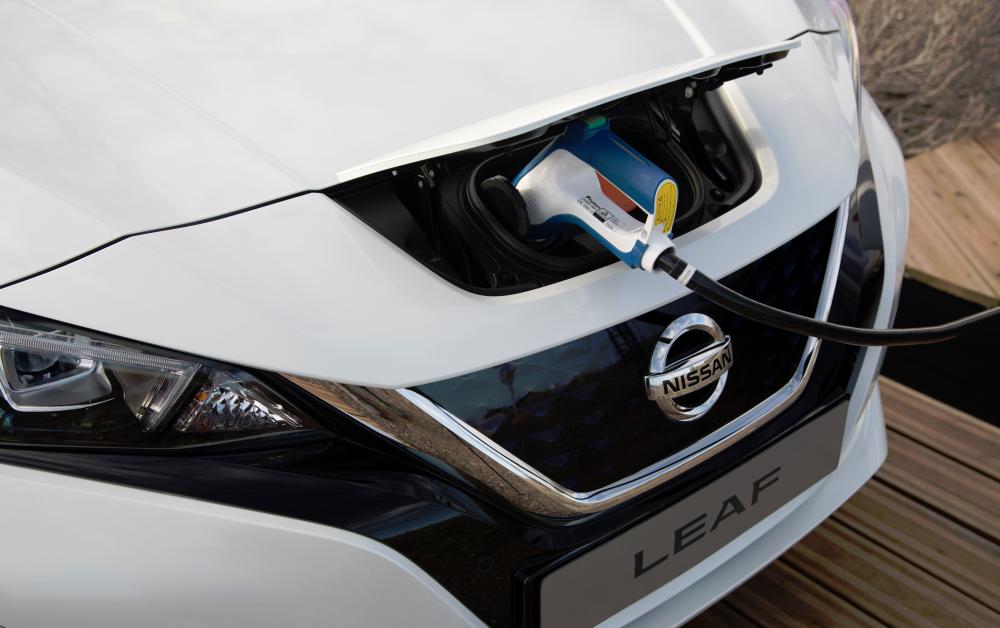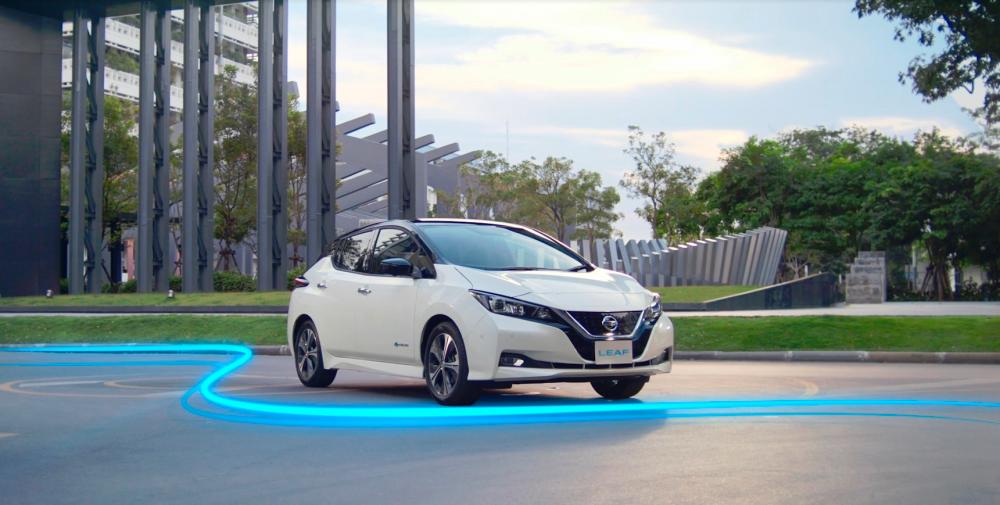IN the past five years, global battery-only electric vehicle (EV) sales have increased 23-fold , with 37% of South East Asian consumers now considering EVs for their next vehicle purchase.
A recent Nissan-commissioned study by Frost & Sullivan titled “Future of Electric Vehicles in Southeast Asia” revealed that one in three Southeast Asian consumers are open to buying an electric vehicle; however, there are doubts of owning one.
Nissan Asia & Oceania regional senior vice-president Yutaka Sanada says: “Across the region, we consistently hear that people love the idea of EVs but many may not fully understand how EVs fit into their lifestyles or the usage basics.
“As the world’s first automotive manufacturer to produce a mass-market 100% electric vehicle, with more than 70 years of expertise in this form of automotive technology, we want to help promote awareness around this topic.”
The most common questions, doubts and misconceptions surrounding EVs are charging, range, driving and ownership; and Nissan together with Edaran Tan Chong Motor (ETCM) share more knowledge about EVs.
1. Charging
There are three main charging options for EVs – the standard outlet charging that requires more than 13 hours charging time, wall box charger that is faster than the standard socket charging, and the CHAdeMO quick chargers; however, the all-new, second-generation Nissan Leaf offers charging methods that are convenient for daily commute.
The all-new Leaf comes with a 6.6kW wall box charger that takes approximately seven hours to fully charge the vehicle.
This is the best option for EV owners as they can easily plug-in and charge overnight when they return home. About 80-90% of Nissan Leaf owners prefer overnight charging.
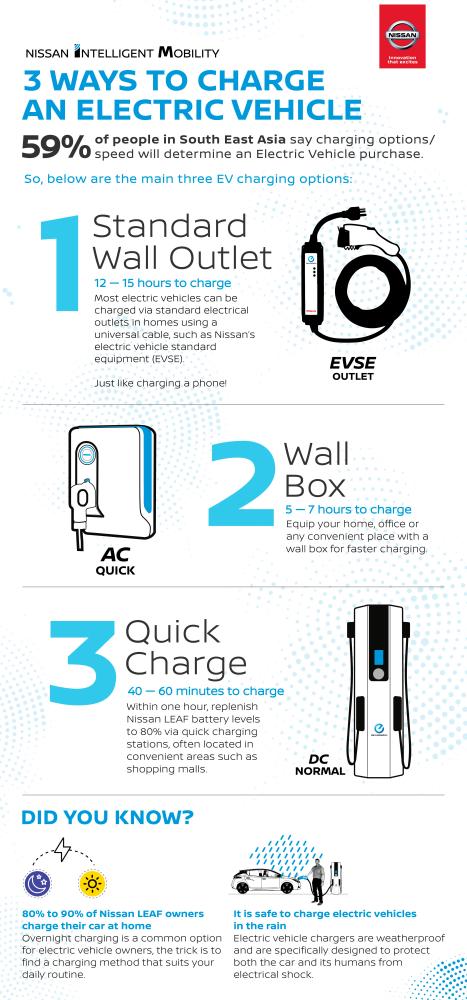
For a faster charging mode, 50kW quick charger CHAdeMO is able to fully charge up the all-new Leaf within 60 minutes.
It is often provided in easily accessible areas such as office centres and highway rest stops.
CHAdeMO quick charges are available free-of-charge at ABB in Subang, Nichicon in Bangi and North-South Highway’s Ayer Keroh rest area (southbound).
Additionally, electric vehicle chargers are weatherproof and are specifically designed to protect both the vehicle and humans from electrical shock, which also means that charging the all-new Leaf can be safely performed even in the rain.
2. Range
Driving range is another concern for EV adopters as they fear of running out of power, but thanks to technological advancements, the median electric vehicle range has increased by 56%.
Additionally, most drivers in Southeast Asia travel less than 80km a day, and this driving distance can be easily achieved by just a single charge in most EVs today.
Meeting daily travel needs or even travelling outstation in Malaysia is utmost important, and the all-new Leaf with its new 40kWh lithium-ion battery, is capable of boasting an average 311km on a full charge (based on the New European Driving Cycle test mode).
3. Driving experience
Aside from driving range, there is a misconception on the performance gap between EVs and conventional vehicles, and also concerns that EVs cannot pick up speed adequately. So how does it feel to drive an EV?
The new generation of electric vehicles are even more exhilarating, safe, clean and enjoyable to drive than conventional vehicles!
A regular 2.0-litre vehicle provides an average maximum power and torque output of 148hp and 200Nm respectively, but the all-new Leaf with a new e-powertrain, generates maximum power of 148hp and an incredible instant torque of 320Nm.
As such, it is capable of achieving 0-100km/h in 7.9 seconds and a top speed in excess of 150km/h. Additionally, the car’s battery pack is placed in the centre of the body for a lower centre of gravity that allows better road-hugging handling and stability at greater cornering speeds.
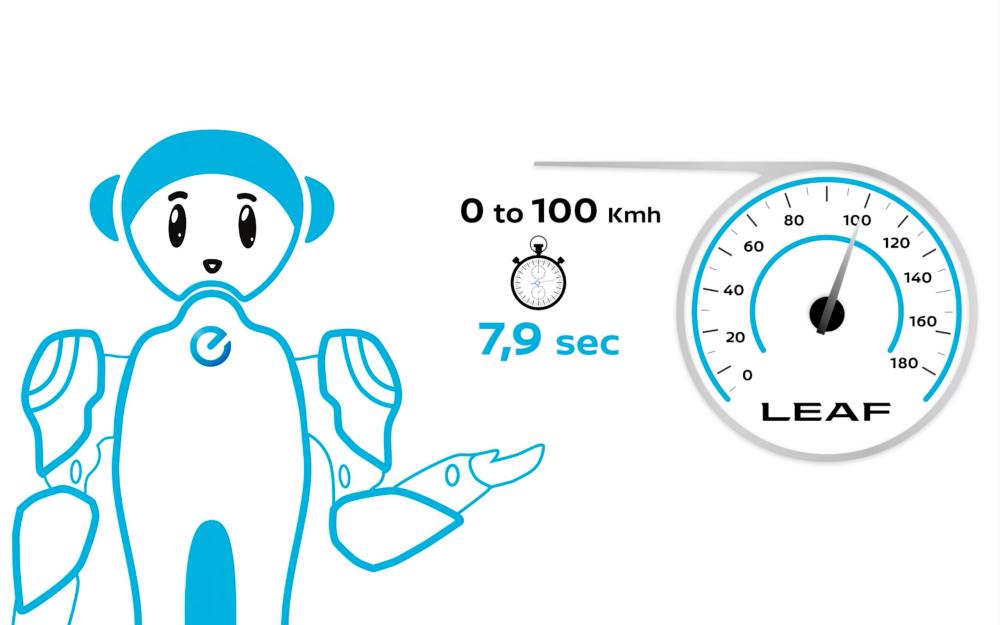
For a more exciting and sporty driving experience on winding roads, the all-new Leaf is also equipped with the world’s first e-Pedal technology, allowing drivers to intuitively accelerate, slow down and stop using one pedal driving.
The e-Pedal helps reduce the need to move from one pedal to the other, making driving simpler and more engaging.
The all-new Nissan Leaf is significantly quieter compared to conventional vehicles providing driver and passengers the experience of gliding around in virtual silence, making rides more enjoyable.
When combined with zero-tailpipe emissions, the Leaf also inspires drivers to consider the potential benefits EVs can bring to our roads, especially in reducing air and noise pollution.
Safety is another feature that characterises the all-new Nissan Leaf, achieving five-star safety rating in Japan New Car Assessment Programme (JNCAP).
The car is built with advanced Safety Shield technologies that are always looking out for you by monitoring, responding and protecting to help keep you and your passengers safe, and the technologies include:
- Intelligent Forward Collision Warning (FCW).
- Intelligent Forward Emergency Braking (FEB).
- Intelligent Around View Monitor (I-AVM) with Moving Object Detection (I-MOD).
- Intelligent Driver Alertness (I-DA).
- Intelligent Ride Control.
- Intelligent Trace Control.
- Hill Start Assist.
- Anti-Lock Braking System (ABS) with Brake Assist (BA).
- Vehicle Dynamic Control.
- Electronic Braking Distribution.
The Nissan Leaf is also equipped with six airbags.
4. Owning an EV
With fewer moving parts in an EV, owners can save on maintenance costs as well as fuel.
Most drivers in Southeast Asia travel less than 80km a day, and by driving the all-new Leaf with a 40kWh battery, it costs Malaysians only RM20.64 to fully recharge it and the cost per kilometre is incredibly low at RM0.07.
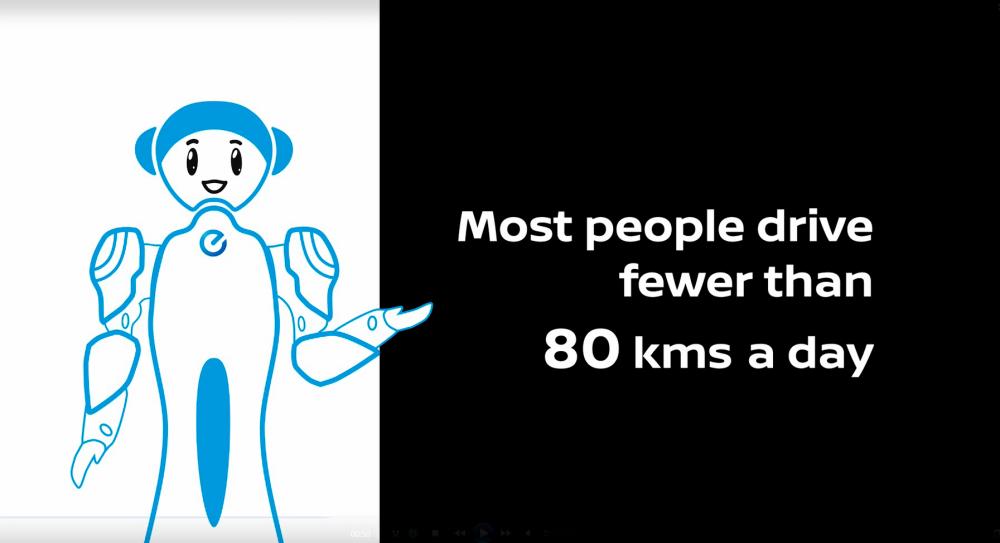
Maintenance and service costs are also considerably lower for EVs as the Leaf only requires service maintenance every 20,000km, which also translates to less inconvenience and more time for yourself.
EVs have the same space as standard cars
Many consumers believe that EVs have limited interior space; however, EVs today offer a full-powered vehicle experience especially designed for modern drivers, and without an exhaust system under the car, they have much larger space allowances as compared to regular vehicles.
As an example, the new Leaf has 435 litres of space in the boot – the equivalent of filling a conventional bathtub to the brim with luggage, and still having room to spare, aside from up to the five adults it can comfortably accommodate.
EV owners drive sustainably into future
Nissan and ETCM say one of the key benefits of EVs for modern consumers is that the vehicle sends zero emissions into the atmosphere and is environmentally-friendly.
Air pollution is the highest environmental consumer concern in Asia-Pacific, with 85% of people extremely or very concerned about this issue. Thus, electric vehicles with zero-emissions and virtually silent operations present a viable solution for owners to help do their part for an improved urban future.
“The Nissan Leaf is designed for the new-generation driver – the eco-conscious performance enthusiast. Becoming the top-selling EV in the world is a testament to how this car has exceeded drivers’ expectations,” says Sanada
“Nissan will continue to transform the way vehicles are driven, powered, and integrated, adding greater value and paving the way to cities of the future.”
To date, the all-new Nissan Leaf sales have surpassed 400,000 units worldwide and the number is growing progressively.
In the Asia and Oceania region, South Korea, Thailand, Hong Kong, Australia and Singapore have launched the all-new Nissan Leaf, while Malaysia will see its launch at the end of this month.
